For anyone who is new to this blog, for the past year finding the collared brown hyaenas has become an obsession! For my PhD research into relationships between humans and hyaenas I collared four brown hyaenas:
Betton (collared Feb 2013) Chomma (collared March 2013)
Hermione (collared Sept 2013) Bill (collared Oct 2013)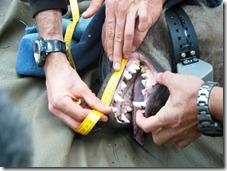
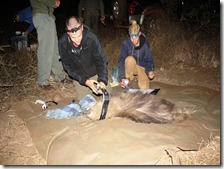
And since Betton was collared a year ago Sam, a lot of very helpful research assistants and I have searched and searched for them. We have tried everything from sitting by hyaena latrine sites all night to trying to call them to us using dying rabbit sounds. We even did some flying to look for them in helicopters and microlights. I was getting worried because two of the collars are due to drop off soon (they only stay on the animals for 455 days) and if I did not download the data from them before that time the collars and all the information would be lost.
Last year I heard about an organisation called the Bateleurs. The Bateleurs are a charity which organises flights for environmental work in Africa. I contacted them and my application for assistance was approved!
This week Bateleurs pilot, Eugene, arrived at Lajuma Research Centre with his ex-French military helicopter to help me.
I was very excited about the mission but I was also worried that the hyaenas may have moved a long way away or be in dens underground and we would not be able to locate them.
We spent the day preparing for the flight. He had designed mounts to secure our VHF antennas to both sides of the aircraft. We fetched the fuel from Louis Trichardt and finalised our flight plan.
Fetching almost 500 litres of fuel for the helicopter
In the late afternoon we were ready to go. We flew up and started surveying the mountains. We left a new leopard collar near where we took off from and we were able to gauge the range a collar’s signal could be picked up from. We were able to detect the test collar a surprisingly long way away which was reassuring. From the air we made communication with a collared animal. Unfortunately it was not one of the hyaenas. It was Jenny, one of the leopards we collared last year. I downloaded the leopard’s GPS data and we flew back to camp just as the sun was setting.
Stunning views from the air of the Soutpansberg Mountains
That night we refuelled and prepared for tomorrow’s flight. From what we had learnt during our first flight, we planned a longer route.
Refuelling for the next fight
The next morning at dawn we were ready to go. After wiping the condensation off Eugene’s helicopter, we were airborne. The early morning cloud prevented us from following our flight plan to the east so we headed west instead. As we past the western end of the Soutpansberg Mountains I heard a beep loud and clear. I asked Sophie, a research assistant, who was listening to the VHF antenna on the other side of the helicopter to confirm. We both heard a clear VHF signal from Bill’s collar. Bill is one of the missing hyaenas! We circled the area until we heard the strongest signal and then I took a GPS point of his location so I could return later with the UHF receiver to download. The UHF receiver we use to download data from collared hyaenas only works between 18:00 and 00:00 so it was not possible to download the data from the air that morning.
Mounted antenna searching for VHF signals
Filled with excitement we resumed our original flight plan. Above a gorge deep in the mountains we heard another beep. It was Chomma, another collared hyaena. He was collared in March 2013 and his collar was due to drop off soon. Again we took a GPS point. I couldn’t believe our luck. All my anxieties and worries that I’d lost my study animals forever disappeared.
Research assistants, Elliot and Sophie, listening for the VHF and enjoying the flight
We spent another hour in the air and searched north of the mountain. We didn’t detect any more signals and it was getting late in the morning. We suspected that the hyaenas would have retreated into their dens by now so we headed back to Lajuma.
Eugene had to head home but we still had work to do. That evening we drove out to where we had detected Chomma’s collar. We had to hike up a large hill where I waited impatiently until 18:00. We could hear the VHF signal from our lookout. At 18:00 we searched for the collar with the UHF but didn’t get a fix. We listened with the VHF receiver and the signal had become weaker.
Tracking Chomma’s signal
We ran along the ridge following the sound of the moving hyaena until the beeps were stronger and at that point the UHF receiver made contact with the collar. We downloaded all the GPS data from Chomma. It was a great feeling after trying to find him for so long.
First ever collared hyaena download for the Primate and Predator Project!
We drove quickly to where we had heard Bill’s signal and we made communication with the collar easily. Again we downloaded GPS and activity data.
The mission was such a success. Finding two out of the four collared hyaenas was such an achievement. It was amazing to go from having no data at all on hyaenas in this area to having heaps to analyse. I have mapped out Chomma and Bill’s ranges and it’s really fascinating to see where they are moving. I am very excited to examine the data properly and answer the many questions we have about hyaenas living in montane environments. This data will be essential to suggest conservation strategies for their protection and to encourage coexistence with humans.
We would like to thank the Bateleurs and Eugene for making this successful mission possible!
Sophie, Katy and Eugene happy after a successful mission
– Katy Williams, PhD student and PPP Field Team Leader
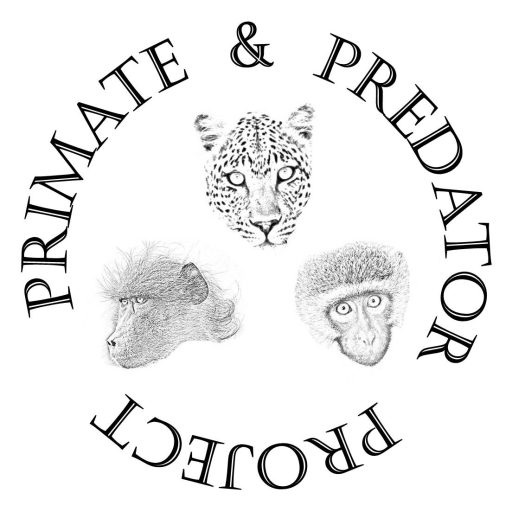
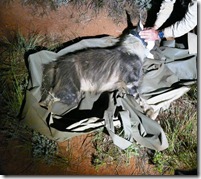
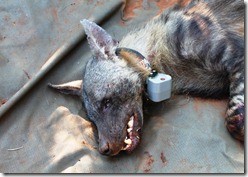
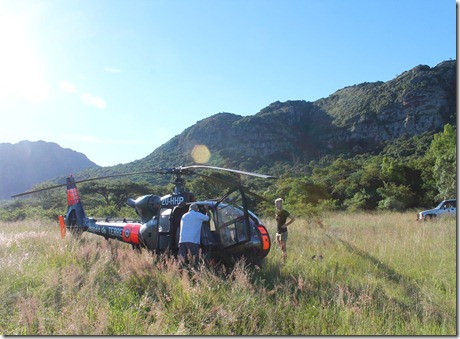
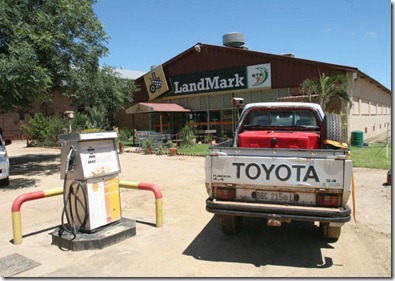
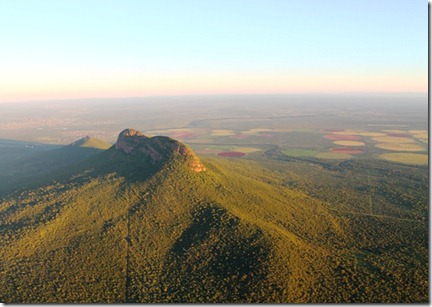
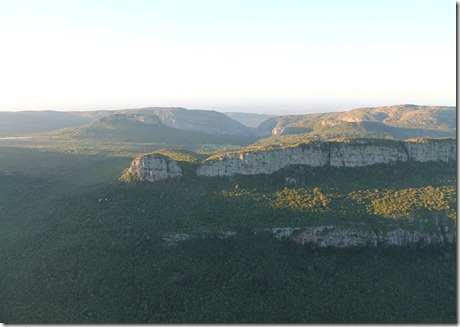
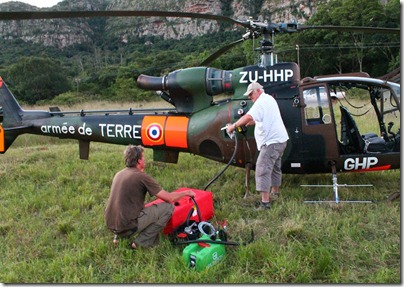



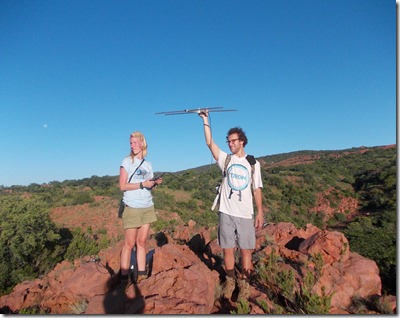


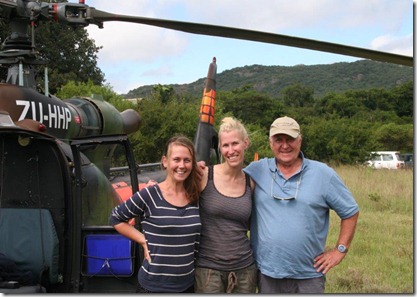
Leave a comment